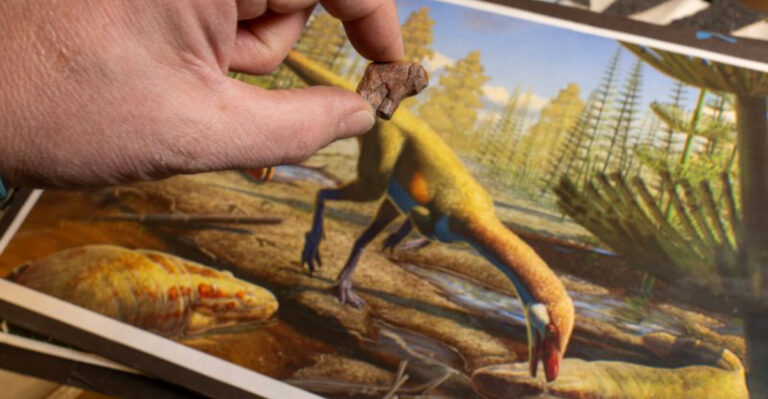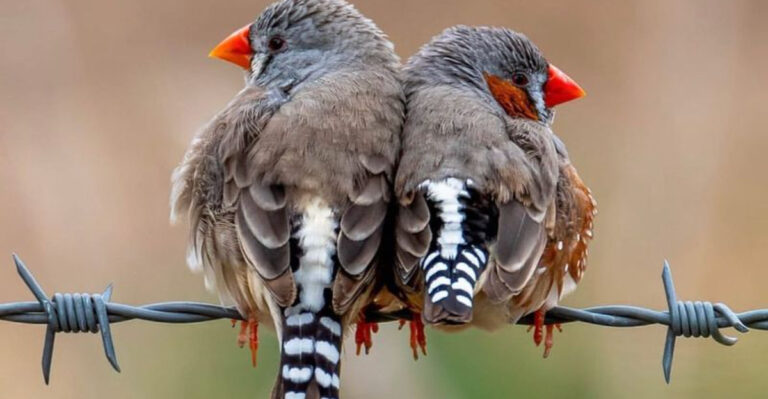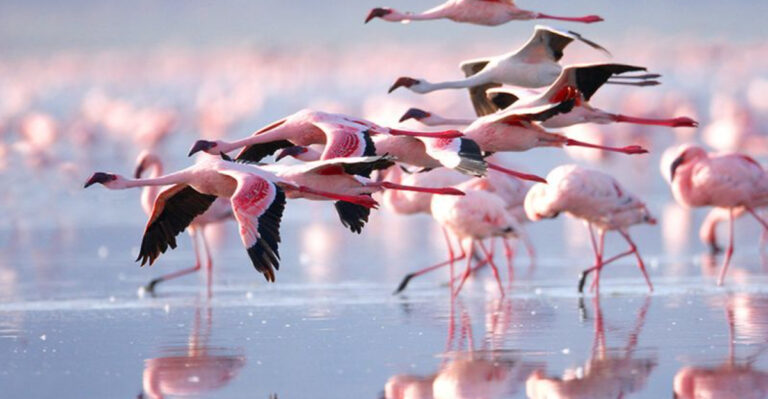13 Ancient Beasts That Still Roam In Isolated Parts Of The World
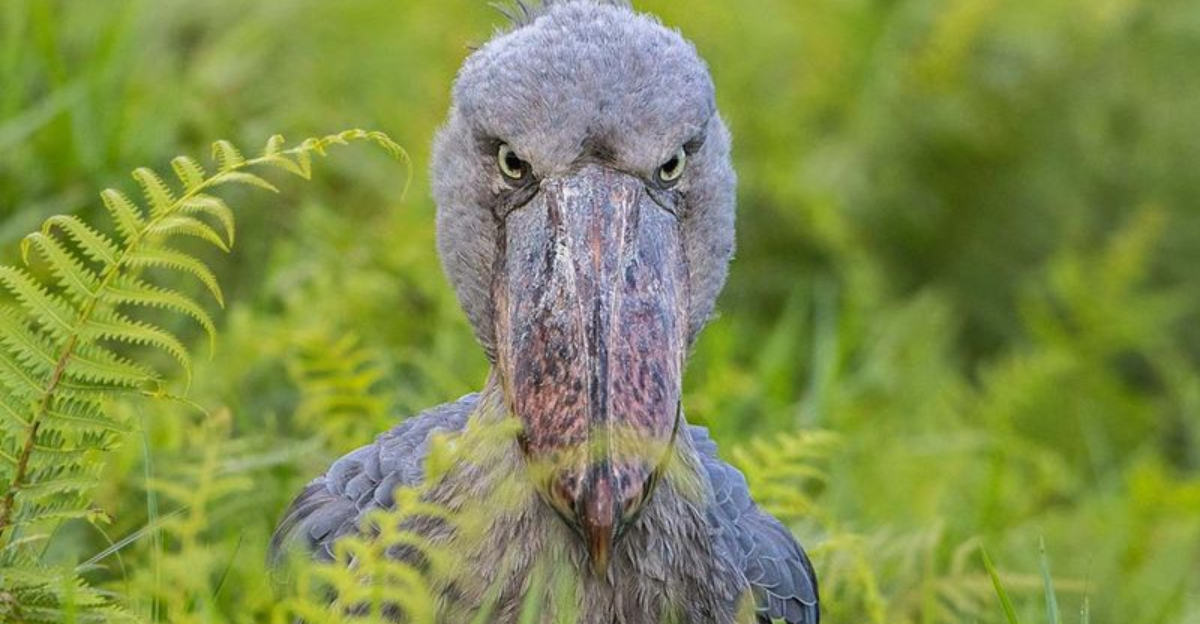
Our planet harbors remarkable creatures that have survived nearly unchanged for millions of years. While dinosaurs vanished long ago, some prehistoric animals managed to endure through changing climates and shifting continents.
These living fossils offer fascinating glimpses into Earth’s distant past, with some hiding in remote corners where time seems to stand still.
1. Komodo Dragon
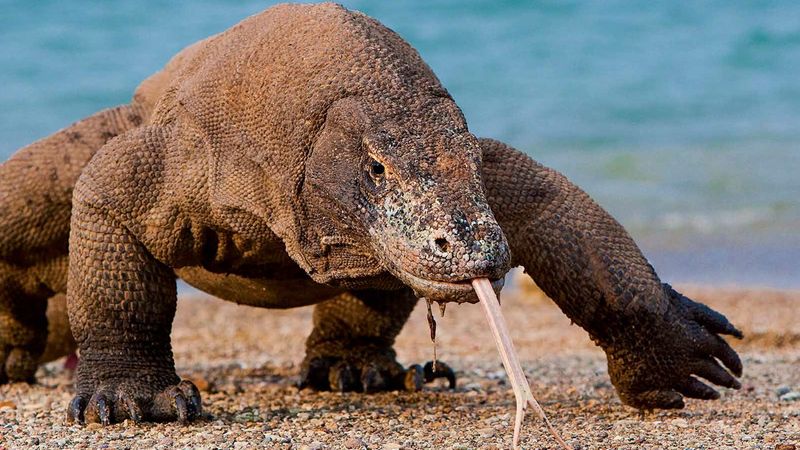
Massive and menacing, these giant lizards rule Indonesia’s isolated islands with the same ferocity their ancestors displayed millions of years ago. Their hunting strategy relies on patience, powerful jaws, and toxic bacteria in their saliva.
Scientists believe Komodo dragons evolved from giant lizards that once roamed Australia. When sea levels rose, these prehistoric predators became trapped on scattered Indonesian islands, evolving in isolation while maintaining their ancient characteristics.
2. Okapi
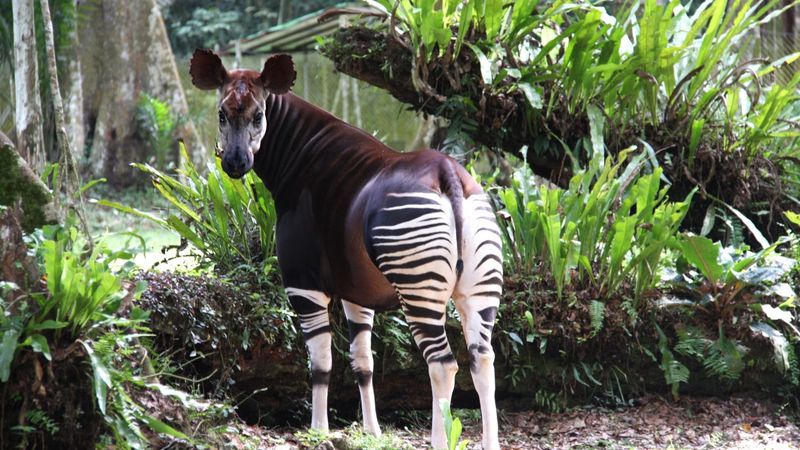
Often called the forest giraffe, this secretive creature remained unknown to Western science until 1901. Native to Congo’s dense rainforests, the okapi looks like it walked straight out of prehistory with its zebra-striped legs and giraffe-like head.
Fossil records show the okapi has remained virtually unchanged for over 7 million years. Local tribes knew of this animal long before scientists, considering it a mystical being connected to ancient spirits of the forest.
3. Coelacanth

Scientists thought this fish went extinct with the dinosaurs 65 million years ago. Imagine their shock when a living coelacanth was caught off South Africa in 1938! With fleshy fins that resemble primitive limbs, these deep-sea dwellers represent a crucial evolutionary link.
Coelacanths can grow up to six feet long and live in underwater caves 500-800 feet below the surface. Their discovery was like finding a living dinosaur, completely rewriting what we knew about extinct species.
4. Giant Chinese Salamander
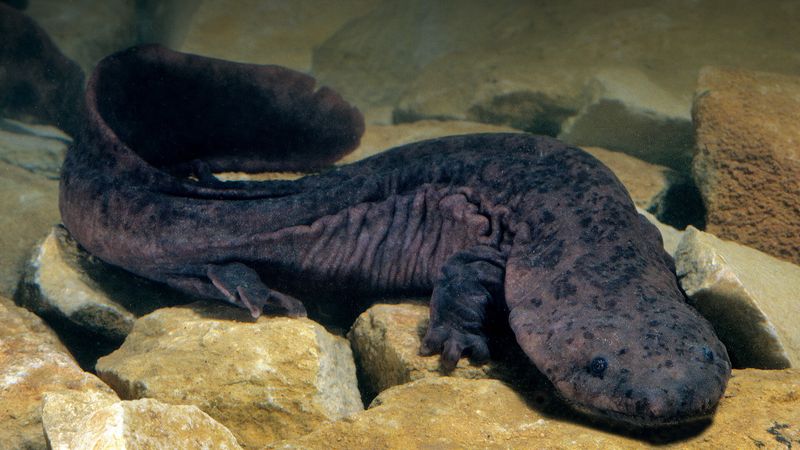
Looking like something from a fantasy novel, these massive amphibians can reach six feet in length. Their wrinkled skin and tiny eyes give them an otherworldly appearance as they lurk in remote mountain streams of central China.
Fossil evidence shows these creatures have remained virtually unchanged for over 170 million years. Sadly, habitat destruction and poaching have made them critically endangered, with fewer than 50,000 remaining in the wild.
5. Tuatara
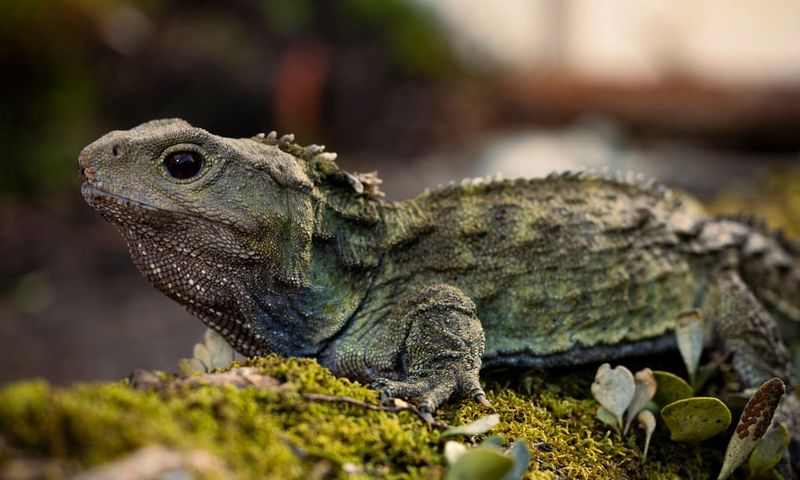
New Zealand’s living dinosaur looks like an ordinary lizard at first glance, but it’s actually the last survivor of an ancient reptile order that thrived 200 million years ago. The tuatara’s most fascinating feature is its third eye – a light-sensitive spot on top of its head.
These remarkable reptiles can live up to 100 years and have one of the slowest growth rates of any animal. Their metabolism is so efficient they only need to breathe once per hour while resting.
6. Goblin Shark
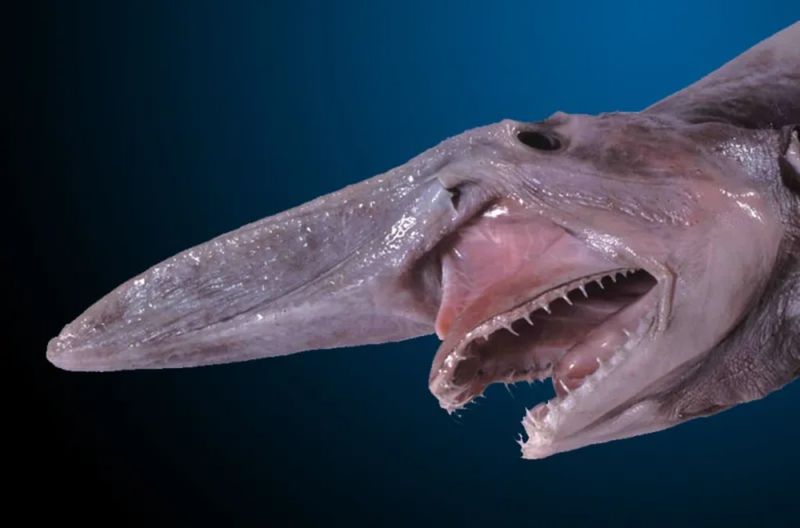
With an extendable jaw that shoots forward to capture prey and a translucent pink body, the goblin shark seems more alien than earthly. These deep-sea predators lurk in ocean depths worldwide but remain incredibly rare and elusive.
Fossil records reveal goblin sharks have maintained their bizarre appearance for over 125 million years. Their strange snouts contain special sensory organs that detect electrical fields produced by other animals, allowing them to hunt in complete darkness.
7. Gharial
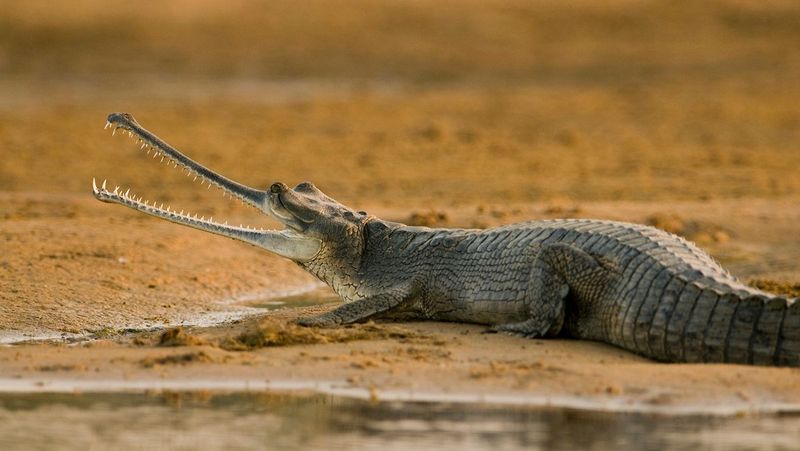
With fewer than 235 adults remaining in the wild, these ancient crocodilians are teetering on extinction’s edge. Their distinctive long, narrow snouts tipped with a bulbous growth make them instantly recognizable in the rivers of northern India and Nepal.
Gharials have existed for over 40 million years, outliving many other prehistoric species. Unlike their crocodile cousins, they eat almost exclusively fish, using their needle-like teeth to snag slippery prey in murky waters.
8. Purple Frog
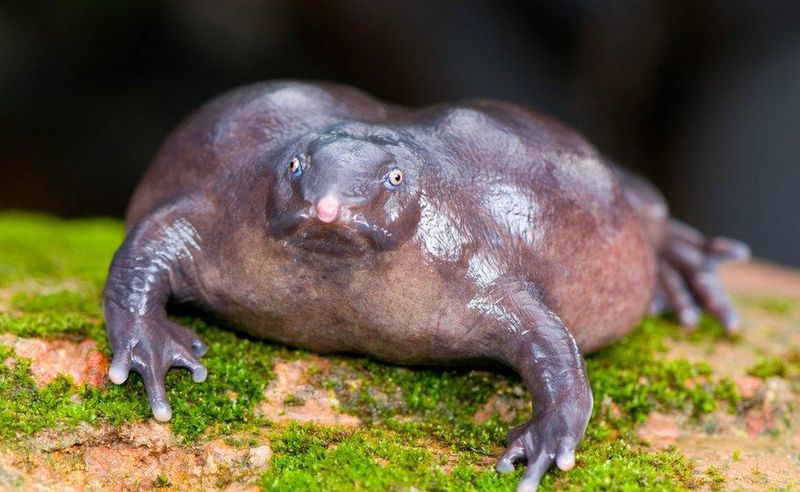
Discovered in 2003 but dating back 130 million years, these bizarre amphibians spend most of their lives underground in India’s Western Ghats mountains. Their pig-like snouts and bloated purple bodies emerge for just two weeks annually during monsoon season to breed.
Purple frogs are living fossils from the time when India was still connected to Madagascar and Africa. Their peculiar appearance comes from adaptations for digging and their underground lifestyle, where they feed primarily on termites.
9. Shoebill Stork
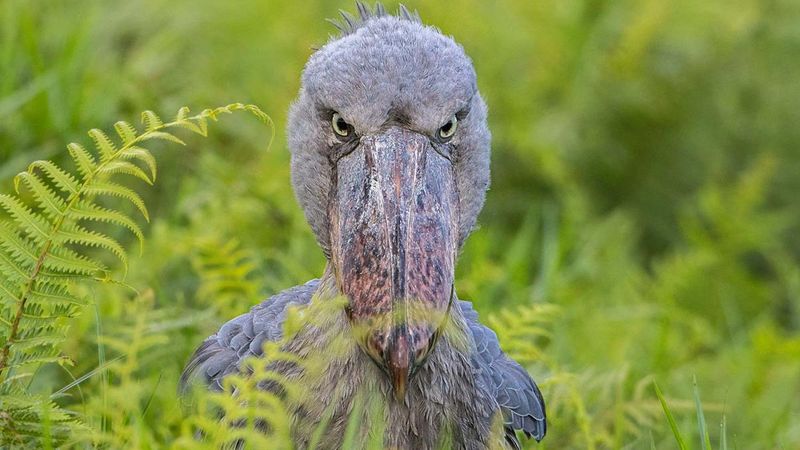
Standing motionless like prehistoric statues, these massive birds patrol the swamps of East Africa with an almost mechanical patience. Their enormous shoe-shaped bills can decapitate six-foot lungfish and even small crocodiles with a single snap.
Fossil evidence suggests the shoebill’s lineage dates back 50 million years. Local tribes often view them as omens or spirit creatures due to their eerie stillness and unblinking stare. When they do move, their movements appear deliberate and ancient.
10. Frilled Shark
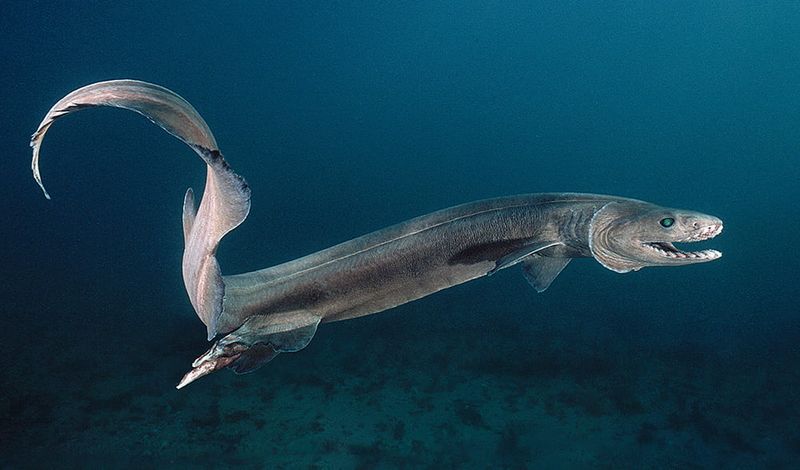
Resembling a sea serpent from ancient myths, this rarely-seen deep-sea dweller has changed little in 80 million years. Its primitive features include six gill slits (most sharks have five) and 300 trident-shaped teeth arranged in 25 rows.
Frilled sharks typically live at depths of 2,000 feet where few humans ever venture. Their snake-like bodies can reach six feet in length, and they hunt using a unique lunging motion to snatch squid and other deep-sea creatures.
11. Chinese Giant Paddlefish
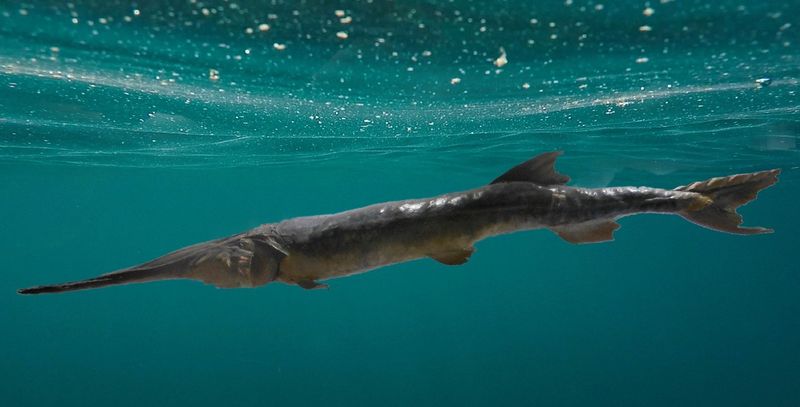
Once reaching lengths of 23 feet, these river giants swam alongside dinosaurs 200 million years ago. Their sword-like snouts contained special electromagnetic sensors to detect prey in murky Yangtze River waters.
Tragically, scientists declared them extinct in 2020 after years without confirmed sightings. However, remote tributaries of the Yangtze system remain largely unexplored, giving some experts hope that small populations might still exist in isolated pockets, much like the coelacanth was rediscovered.
12. Nautilus
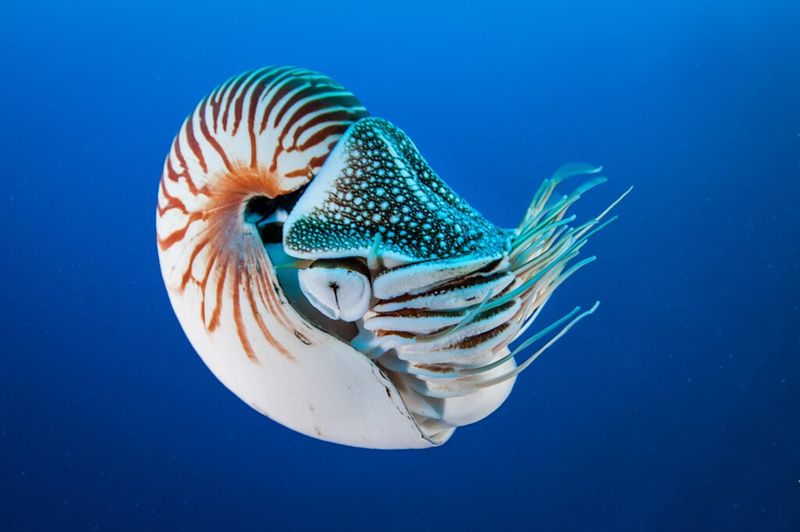
With their distinctive spiral shells and tentacled faces, nautiluses have remained virtually unchanged for 500 million years. These living fossils prowl deep coral reefs around the Philippines and other Pacific islands, ascending to shallower waters only at night.
Unlike their intelligent octopus relatives, nautiluses rely on primitive eyes without lenses and a simple brain. Their beautiful chambered shells contain gas-filled compartments that allow them to control buoyancy, an evolutionary innovation that has served them since before dinosaurs walked the Earth.
13. Mountain Tapir
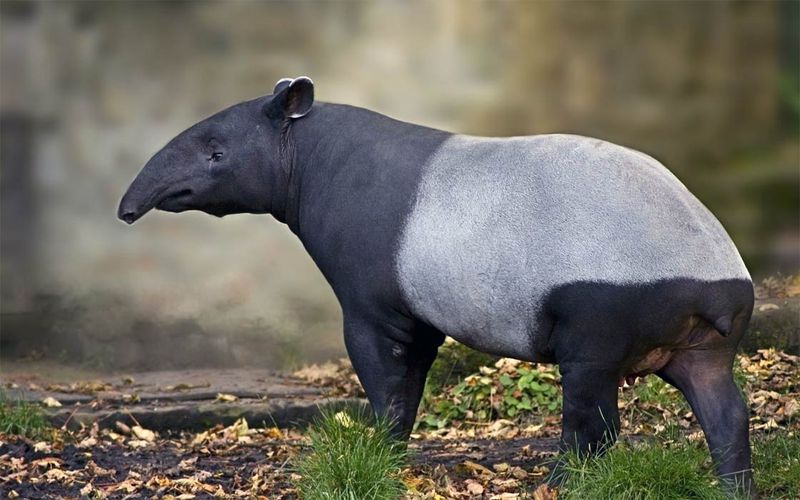
High in the misty cloud forests of the northern Andes mountains lives Earth’s most endangered large mammal. With fewer than 2,500 remaining, these strange creatures look like they belong in the Ice Age with their prehensile snouts and stocky bodies.
Tapirs have remained largely unchanged for 20 million years, earning them the nickname “living fossils.” Despite their pig-like appearance, they’re actually related to horses and rhinoceroses, representing an ancient branch of mammal evolution that once roamed across much of the prehistoric world.

